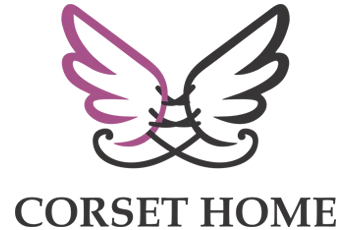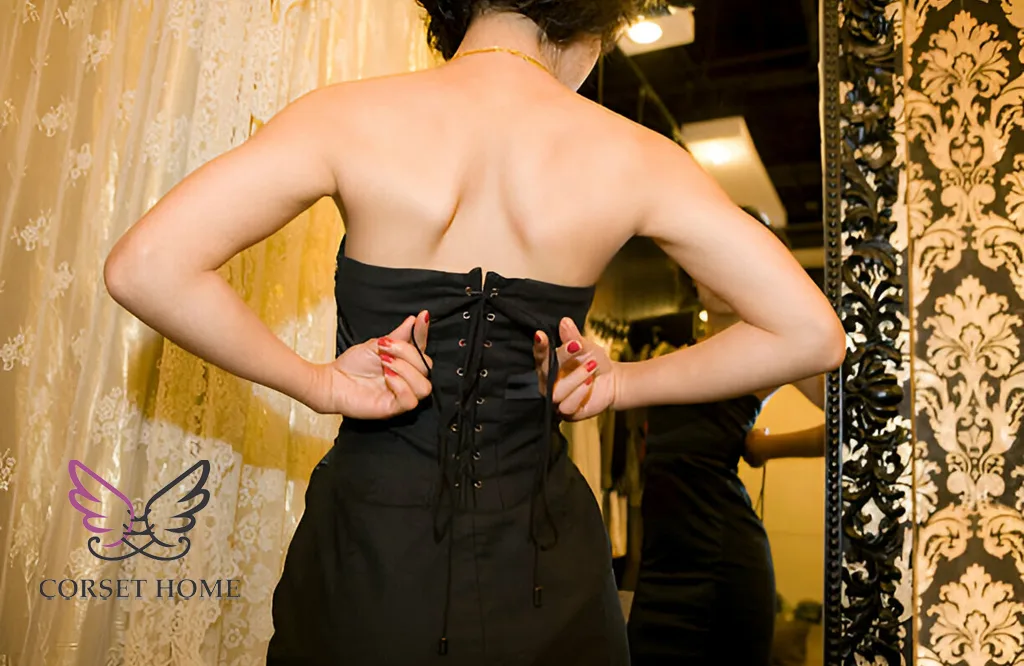Adding a corset back to a dress is a fantastic way to elevate its style, achieve a better fit, and add a touch of vintage elegance. Whether you’re transforming a wedding dress, a prom dress, or any other formal gown, a corset back can make a significant difference. This guide will walk you through the steps of adding a corset back to a dress, ensuring a perfect fit and a stunning look. We’ll cover the materials you’ll need, the process of preparation, and the detailed sewing steps. Additionally, we’ll address common questions in the FAQ section to help you troubleshoot any issues you may encounter.
How to Add a Corset Back to a Dress: Step-By-Step Guide
Materials Needed
Before you begin, gather the following materials:
- Dress: The dress you want to modify.
- Corset loops: Pre-made loops or make them from matching fabric.
- Ribbon or lace: To lace up the corset back.
- Interfacing: For added strength and stability.
- Seam ripper: To remove existing seams.
- Fabric scissors: For cutting fabric and interfacing.
- Sewing machine: For sewing the loops and interfacing.
- Thread: Matching the color of the dress.
- Measuring tape: For accurate measurements.
- Pins: To hold fabric in place.
- Iron and ironing board: To press seams and interfacing.
Preparation
- Choose the Dress: Select the dress you want to modify. A dress with a zipper or buttons down the back is ideal as these can be easily replaced with the corset lacing.
- Remove the Zipper: Using a seam ripper, carefully remove the zipper or buttons from the dress. Be gentle to avoid damaging the fabric.
- Measure for the Corset Back: Measure the width and length of the opening left by the removed zipper or buttons. This will determine how many loops you’ll need and the length of the lacing.
- Cut the Interfacing: Cut pieces of interfacing to fit the length of the opening. This will provide support and prevent the fabric from stretching when laced up.
Sewing the Corset Back
- Attach the Interfacing: Iron the interfacing onto the wrong side of the fabric along the edges of the opening. This adds stability and ensures the loops stay secure.
- Create or Attach the Loops: If using pre-made loops, skip to the next step. To make your own loops, cut small strips of matching fabric, fold them in half, and sew the edges to create loops. These should be evenly spaced along the edges of the opening.
- Pin the Loops in Place: Pin the loops along the interfaced edges of the dress opening. Make sure they are evenly spaced and aligned on both sides. The loops should face inward, towards the center of the dress opening.
- Sew the Loops: Using a sewing machine, sew the loops onto the dress. Double-stitch for added security. Ensure the stitching is straight and the loops are firmly attached.
- Prepare the Lacing: Cut the ribbon or lace to the desired length. The length will depend on how tightly you want the dress to lace up and the size of the loops.
- Lace Up the Dress: Begin lacing the ribbon through the loops, starting at the bottom and working your way up. Make sure the lacing is even and not too tight to avoid damaging the fabric.
- Finishing Touches: Once the dress is laced up, make any necessary adjustments to ensure a perfect fit. Press the seams with an iron for a polished look.
Tips for a Professional Finish
- Use Matching Thread: For a seamless look, use thread that matches the color of your dress.
- Even Spacing: Ensure the loops are evenly spaced for a uniform appearance.
- Reinforce Stress Points: Double-stitch at the top and bottom of the opening where the most tension will be.
Adding a corset back to a dress not only enhances its aesthetic appeal but also allows for a customizable fit. This method is especially beneficial for formal gowns that require precise sizing. With a bit of patience and attention to detail, you can transform any dress into a stunning, lace-up masterpiece.
FAQs
Q: How do I choose the right type of ribbon or lace for the corset back?
A: Choose a ribbon or lace that complements the fabric and color of your dress. Satin ribbons offer a smooth, elegant look, while grosgrain ribbons provide more structure. Ensure the ribbon is sturdy enough to withstand tension without stretching or fraying.
Q: Can I add a corset back to any type of dress?
A: Most dresses can be modified to include a corset back, but it’s easiest to work with dresses that already have a back closure like a zipper or buttons. Delicate fabrics like chiffon may require extra care and reinforcement.
Q: How do I ensure the loops are securely attached?
A: Use interfacing to reinforce the fabric where the loops will be attached. Double-stitch the loops for added security. Check the strength of each loop by gently tugging on it after sewing.
Q: What if the dress fabric is too delicate or stretchy?
A: For delicate or stretchy fabrics, use a strong, non-stretch interfacing to reinforce the edges. You may also want to hand-stitch the loops for more control and precision.
Q: How do I hide the raw edges of the dress opening?
A: After sewing the loops, fold the raw edges inward and topstitch them down to create a clean finish. Alternatively, you can use bias tape to cover the raw edges.
Q: Can I add a corset back to a dress with a lining?
A: Yes, you can add a corset back to a lined dress. Carefully remove the lining along the back opening, attach the loops to the outer fabric, and then sew the lining back in place, ensuring it doesn’t interfere with the loops or lacing.
Q: How long does it take to add a corset back to a dress?
A: The time required depends on your sewing experience and the complexity of the dress. Generally, it can take anywhere from a few hours to a full day to complete the modification.
Q: Can I remove the corset back if I change my mind later?
A: Yes, you can remove the corset back and reattach a zipper or buttons if you change your mind. However, this may require additional alterations to restore the original look of the dress.
Q: What type of dress looks best with a corset back?
A: Corset backs are especially popular for formal gowns, wedding dresses, and prom dresses. They add a touch of elegance and allow for a customizable fit, making them ideal for special occasions.
Q: Can I use a mesh corset for the back instead of ribbon lacing?
A: Yes, a mesh corset can be used for a unique and modern look. Ensure the mesh is sturdy and properly reinforced. Mesh corsets can add an interesting texture and visual appeal to the dress.
By following these steps and tips, you can successfully add a corset back to a dress, transforming it into a beautiful, customized garment. Whether you’re preparing for a special event or simply want to update an existing dress, a corset back can provide the perfect blend of style and functionality. Happy sewing!
For more tips and guides on corsets and dress modifications, visit corsethome.com, your go-to resource for all things corsetry.

